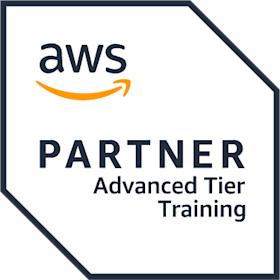Learn about planning and designing your solutions with purpose-built Amazon Web Services (AWS) Cloud databases. The course introduces you to the features and characteristics of each of these databases and shares the design considerations that you should make while using them. By taking this course, you can develop the analytical skills needed to choose the right AWS database for your unique needs.
By the end of the course, you will be able to analyse a business use case, analyse the workload, and assess application requirements to identify and design the most suitable AWS database solution to support your organisational needs,
This course includes presentations, demonstrations, individual and group activities, knowledge checks, and hands-on labs to apply concepts.

